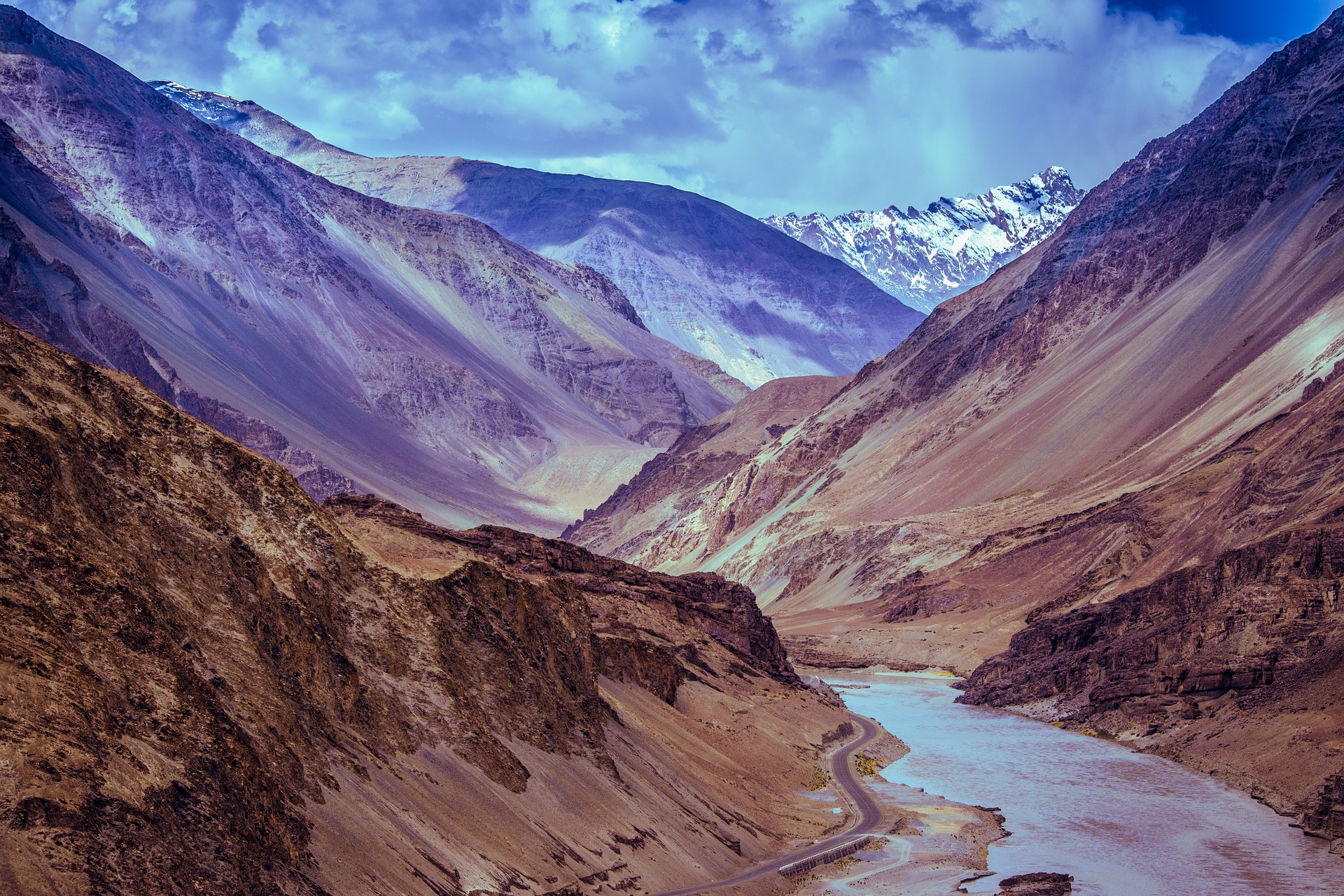
For three months in 2005-2006, Pacific Institute Program Director Meena Palaniappan will be conducting research in India. This article is part of a series of diary entries in which Palaniappan will elaborate on her experiences abroad.
While I am in Chennai working on water issues, I wear the scent of another major problem in Indian cities. I often come home from my research trips in Chennai smelling like a gallon of petrol. Chennai’s air pollution – and air pollution in most cities in India – is bad and getting worse.

For many years Chennai was the garden city, greener than most cities and with cleaner air by luck of its location on the seashore. But Chennai’s luck is changing. The growth of population and the spread of the city are certainly huge problems. An even bigger problem is the growth of private transportation. According to Sunita Narain, Director of the Center for Science and Environment, while population in Chennai has increased by 10% in the last decade, it has seen a 108% growth in private vehicles. I can feel the difference in the air, and on my clothes.
The growth in private vehicles has a number of contributing factors. One is the failing public transportation system — cities are not investing enough to keep up existing low capital sources of public transport. Often highly expensive urban rail projects are chosen over replacing and expanding bus service through dedicated lanes. Another factor is increasing incomes. This growing middle class is now getting access to capital through new loan programs, which are making purchases like cars and homes accessible. I think that to protect themselves from the growing air pollution, anyone who is able is purchasing a car, tightly shutting the windows, and turning on the AC. These large, moving, climate-protected rooms roam throughout the city.
Delhi is the worst Indian city for air pollution. Like Los Angeles, it is located in an area unsuitable for dispersing air pollution, causing pollutants to be trapped over the city. But, Delhi is also full of private vehicles – it has more cars than all of the other three major cities combined. The levels of respirable particulate matter in Delhi, or what is called in the U.S. PM10 (particulate matter smaller than 10 microns in size) are astronomical. In 2000-2001, PM10 levels in Delhi were about 180 micrograms (ug) per cubic meter (m3), over three times the U.S. standard of 50 ug/m3.

Some of the worst polluters on urban streets are “autos” and motorbikes. Autos, or small three wheeled taxis, abound in Chennai. Since 1990, the number of autos on Chennai’s streets has doubled, and about 40,000 autos ply Chennai streets. Aside from the sheer number of autos and motorbikes on the road, their two-stroke engines make them major air pollution culprits. The two-stroke engine is a lighter and cheaper engine that requires oil mixed into the petrol for operation. With each revolution of the engine, a cloud of burned and unburned fuel escapes. In Delhi, 35% of particulate matter pollution from vehicles is from two-wheeled motor bikes. The above view from my window is typical: an auto followed by its signature huge cloud of smoke.
There have been some improvements in India’s cities, including requiring pre-mixed low-smoke oil for two- and three-wheelers. Low-sulfur and lead free fuel has also helped. Delhi has done the most in this area, mostly out of necessity. The phase-out of older taxis and autos has seen the addition of nearly 60,000 compressed natural gas (CNG) vehicles to the road in Delhi. In addition, all diesel buses have been phased out.
The road to clean air in Indian cities will be long and – with the growing number of vehicles – it will be difficult to navigate. But in Chennai, amidst the petrol, you can smell the hope.


